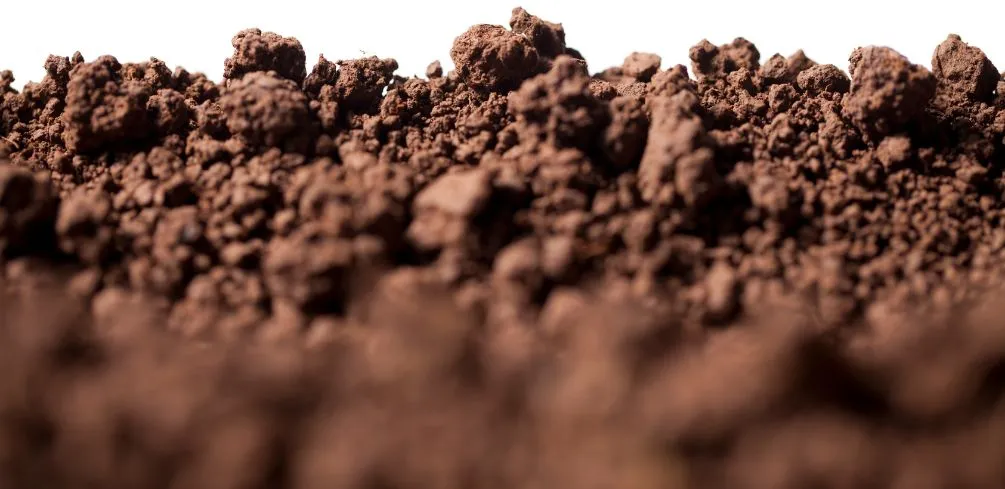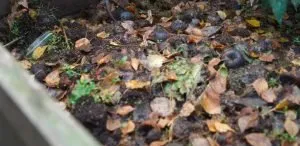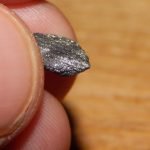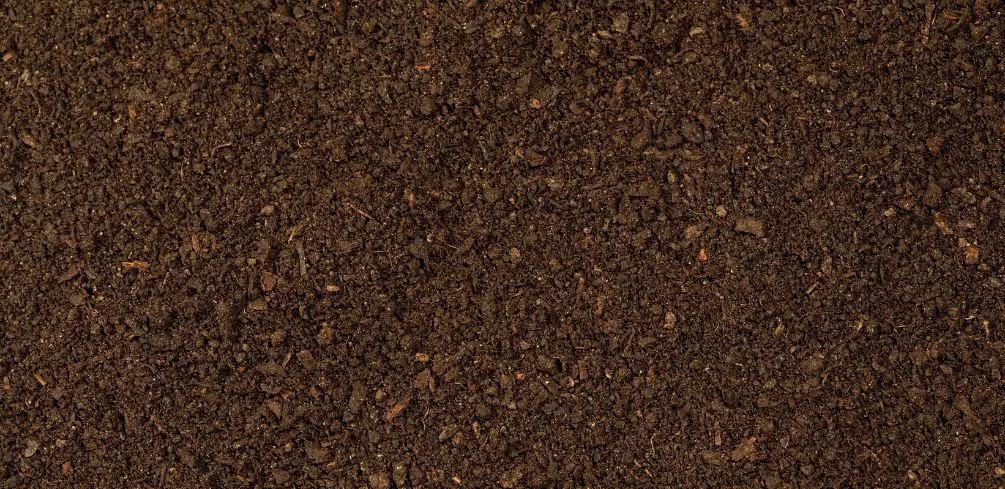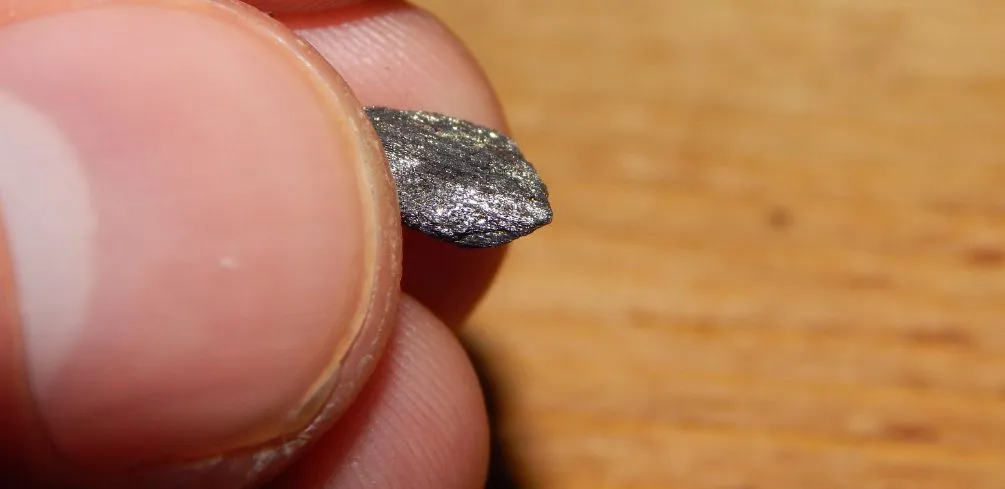Inorganic dirt amendments, also known as mineral soil conditioners, have become increasingly popular in modern agriculture. These amendments are composed of minerals and rocks that are mined from the earth’s crust and processed into fine powders.
Inorganic dirt amendments are added to soil to improve its physical and chemical properties, leading to increased plant growth and productivity. Inorganic dirt amendments offer several benefits over organic amendments, such as composts and manures.
They do not contain pathogens or weed seeds, which can be problematic with organic amendments. Additionally, they have a longer shelf life than organic materials and do not need to be replenished as frequently.
The use of inorganic dirt amendments has become essential for farmers who are looking for sustainable agricultural practices that increase crop yields while minimizing environmental impact.
What Are Inorganic Dirt Amendments?
Inorganic dirt amendments are substances added to soil to improve its physical and chemical properties. Unlike organic amendments derived from plant or animal sources, inorganic amendments are synthetic and do not contain carbon compounds.
Examples of inorganic dirt amendments include lime, gypsum, peat moss, vermiculite, perlite, sand, gravel, and various fertilizers. Chemical inorganic dirt amendments alter the pH level of the soil and provide essential plant nutrients such as nitrogen (N), phosphorus (P), and potassium (K).
The environmental impact of these substances varies depending on their concentration, type, and application rate. Overuse can lead to the pollution of water resources through leaching or runoff into nearby water bodies.
It is important to note that while inorganic dirt amendments may have a significant impact on soil fertility and crop yield improvement, they should be used with caution to prevent further damage to the environment.
Benefits Of Using Inorganic Dirt Amendments In Agriculture
As mentioned in the previous section, inorganic dirt amendments are non-living materials added to soil to improve its quality. These include minerals like gypsum, limestone, and phosphate, as well as synthetic fertilizers that provide essential plant nutrients like nitrogen, phosphorus, and potassium.
Although they are not natural, inorganic dirt amendments have proven to be an effective way to boost soil fertility and crop yield. One of the primary benefits of using inorganic dirt amendments is their ability to increase soil fertility.
By adding essential nutrients that may be lacking in the soil, such as nitrogen or phosphorus, plants can grow healthier and produce more abundant yields. Synthetic fertilizers can also help farmers achieve precision agriculture by allowing them to tailor nutrient applications to specific crop needs. Moreover, these amendments can help reduce soil erosion by improving the structure and stability of the soil.
Overall, incorporating inorganic dirt amendments into agricultural practices can lead to higher crop productivity and better environmental outcomes.
Another advantage of using inorganic dirt amendments is their cost-effectiveness compared to organic alternatives. Although organic matter like compost or manure has its benefits for soil health and sustainability, it is often more expensive than synthetic fertilizers due to production and transportation costs.
In contrast, inorganic dirt amendments are widely available and affordable for farmers across different regions. Plus, using these products allows growers to optimize their resources by making sure that crops receive only what they need from a nutritional standpoint while minimizing losses due to leaching or runoff.
Therefore, despite being a controversial topic among experts due to some potential environmental concerns associated with the excessive use of synthetic fertilizers over time, inorganic dirt amendments remain a popular choice for many farmers looking for efficient ways to maximize their yields while minimizing risks and costs associated with other options available today.
Types Of Inorganic Dirt Amendments
Different forms of inorganic dirt amendments are available in the market, and they vary based on their composition and purpose. Some of the common types include lime, sulfur, gypsum, and rock phosphate.
Lime is used to increase the soil pH level by reducing acidity. Sulfur helps lower soil pH levels by increasing acidity, while gypsum improves clay soils’ structure by loosening it up. Rock phosphate is a source of phosphorus that’s essential for plant growth.
Pros and cons come with each type of inorganic dirt amendment. For instance, lime is readily available and affordable but may cause an imbalance in soil nutrients if used excessively. Sulfur is effective at lowering soil pH levels, but it requires several applications to achieve optimum results.
Gypsum can improve drainage in compacted soils but may not be as useful in improving sandy soils’ water-holding capacity. Lastly, rock phosphate releases phosphorus slowly over an extended period, but it may not be suitable for high-pH soils or plants that require immediate phosphorus uptake.
Overall, understanding the different types of inorganic dirt amendments can help gardeners make informed decisions when selecting the most appropriate one for their specific needs.
How To Apply Inorganic Dirt Amendments To Soil
When it comes to applying inorganic dirt amendments to the soil, there are several application techniques that can be employed.
One of the most common methods is broadcasting, where the amendment is evenly spread across the soil surface. This is a simple and straightforward technique that can be done manually or using specialized equipment.
Another method is banding, where the amendment is placed in a concentrated line along the planting row. This technique is more precise and efficient as it ensures that the amendment is applied only where it’s needed.
However, despite these application techniques being simple, many people still make common mistakes when applying inorganic dirt amendments.
One of these mistakes is overapplication, which can lead to nutrient imbalances and even plant death. It’s important to follow the recommended application rates for each specific amendment and to test the soil before adding any new amendments.
Another mistake is uneven distribution, which can result in inconsistent plant growth and reduced crop yields. To avoid this, make sure to apply amendments evenly and thoroughly throughout the entire planting area.
By avoiding these common mistakes and employing proper application techniques, you can ensure that your soil receives optimal nutrition for healthy plant growth and high crop yields.
- Tips for Successful Inorganic Dirt Amendment Application:
- Test your soil before adding any new amendments
- Follow recommended application rates
- Use proper equipment and techniques for even distribution
- Monitor plants closely for signs of under or overfertilization
Considerations For Using Inorganic Dirt Amendments In Agriculture
After learning about how to apply inorganic dirt amendments to soil, it is crucial to consider the potential environmental impacts of using such amendments in agriculture. While inorganic amendments can improve soil quality and promote plant growth, they also have the potential to cause harm if not used properly.
One major concern is the leaching of excess nutrients into waterways, which can lead to harmful algal blooms and other detrimental effects on aquatic ecosystems. In addition to environmental concerns, it is important to consider the long-term implications of using inorganic dirt amendments for soil improvement.
Overuse of these amendments can lead to soil compaction and a decrease in microbial diversity, ultimately leading to decreased productivity and sustainability of agricultural practices.
Therefore, it is important for farmers and researchers alike to continue studying the impacts of inorganic dirt amendments on both soil health and environmental sustainability in order to make informed decisions about their use.
Frequently Asked Questions
Are Inorganic Dirt Amendments Harmful To The Environment?
The utilization of soil additives, which are not derived from organic sources, has been a subject of concern regarding their potential impact on the environment. In particular, the use of inorganic dirt amendments has raised questions about soil contamination and its long-term effects on local ecosystems.
Nonetheless, it is important to consider that there are alternative options available for those who wish to promote healthy soil without relying on inorganic dirt amendments. These alternatives include utilizing organic fertilizers or employing crop rotation techniques that enrich the soil naturally.
By doing so, we can work towards reducing our reliance on potentially harmful additives while promoting sustainable agricultural practices that benefit both the environment and society at large.
Can Inorganic Dirt Amendments Be Used For Indoor Gardening?
When considering the use of inorganic amendments for indoor gardening, it is essential to weigh the benefits and disadvantages.
Inorganic amendments can offer improved drainage, increased nutrient availability, and greater control over soil pH. However, they may also have negative impacts on soil health and microbial activity over time.
Additionally, the production and transportation of these amendments can contribute to carbon emissions and environmental degradation.
Ultimately, the decision to use inorganic amendments should be based on individual needs and preferences, as well as consideration of their potential ecological impacts.
Do Inorganic Dirt Amendments Have Any Negative Effects On Plant Growth?
As with any type of fertilizer, the use of inorganic fertilizers can have both positive and negative effects on plant growth. When compared to organic dirt amendments, inorganic fertilizers are often cheaper and easier to find, but they also have a higher risk of environmental damage due to their chemical makeup.
In terms of plant growth, inorganic fertilizers can provide quick and concentrated nutrients to plants, but excessive use can lead to nutrient imbalances and toxic buildup in the soil.
Overall, it is important for gardeners to carefully consider the benefits and drawbacks of using inorganic dirt amendments before incorporating them into their indoor gardening routine.
As Shakespeare said, ‘All that glitters is not gold,’ and this adage certainly applies when it comes to choosing between organic and inorganic fertilizers for optimal plant growth.
How Long Do Inorganic Dirt Amendments Last In Soil?
Effectiveness evaluation and long-term impact are crucial factors to consider when using soil amendments. Inorganic amendments can have a lasting effect on soil fertility, but the duration of their effectiveness varies depending on the specific type of amendment used.
For example, some inorganic fertilizers may provide nutrients for only a few months, while others can last for years. It is important to conduct regular soil tests to determine the nutrient levels and pH balance in the soil, and adjust the application rates of amendments accordingly.
Additionally, overuse of inorganic amendments can lead to negative impacts on plant growth, such as nutrient imbalances or toxicity. Therefore, it is essential to carefully evaluate the effectiveness and potential long-term impacts of inorganic dirt amendments before adding them to the soil.
Can Inorganic Dirt Amendments Be Used In Organic Farming?
Organic farming is a method of agriculture that relies on natural processes and biodiversity to maintain soil health and crop productivity. Soil composition plays an essential role in the success of organic farming, as it determines the availability of nutrients, water retention, and microbial activity.
Inorganic dirt amendments, which are chemically synthesized substances, are not allowed in organic farming due to the strict regulations set by organic certification bodies. Organic farmers must use only natural sources of fertilizers and soil amendments, such as composted manure or plant-based materials, to ensure their crops meet organic standards.
Therefore, inorganic dirt amendments cannot be used in organic farming practices.
Conclusion
Inorganic dirt amendments have been a subject of debate in the agricultural industry due to their potential harmful effects on the environment. While they are widely used for outdoor farming, their use in indoor gardening is still questionable.
Research suggests that these amendments have little to no negative effects on plant growth and can last in soil for a considerable amount of time. However, the question remains whether they can be used in organic farming.
Despite concerns about environmental impact, inorganic dirt amendments are commonly used in outdoor farming. These amendments provide essential nutrients that aid plant growth and increase crop yield. A study conducted by the USDA found that farmers who used these amendments saw an average increase of 12% in crop yield compared to those who did not use any additives.
This statistic highlights the importance of using inorganic dirt amendments in agriculture and its positive impact on food production. While there may be some concerns about the long-term effects of these additives on soil health and sustainability, it cannot be denied that they play a crucial role in modern-day agriculture.
However, before using any type of amendment or fertilizer, it is vital to consult with experts and consider all options available for maintaining healthy soil and sustainable crop production.
